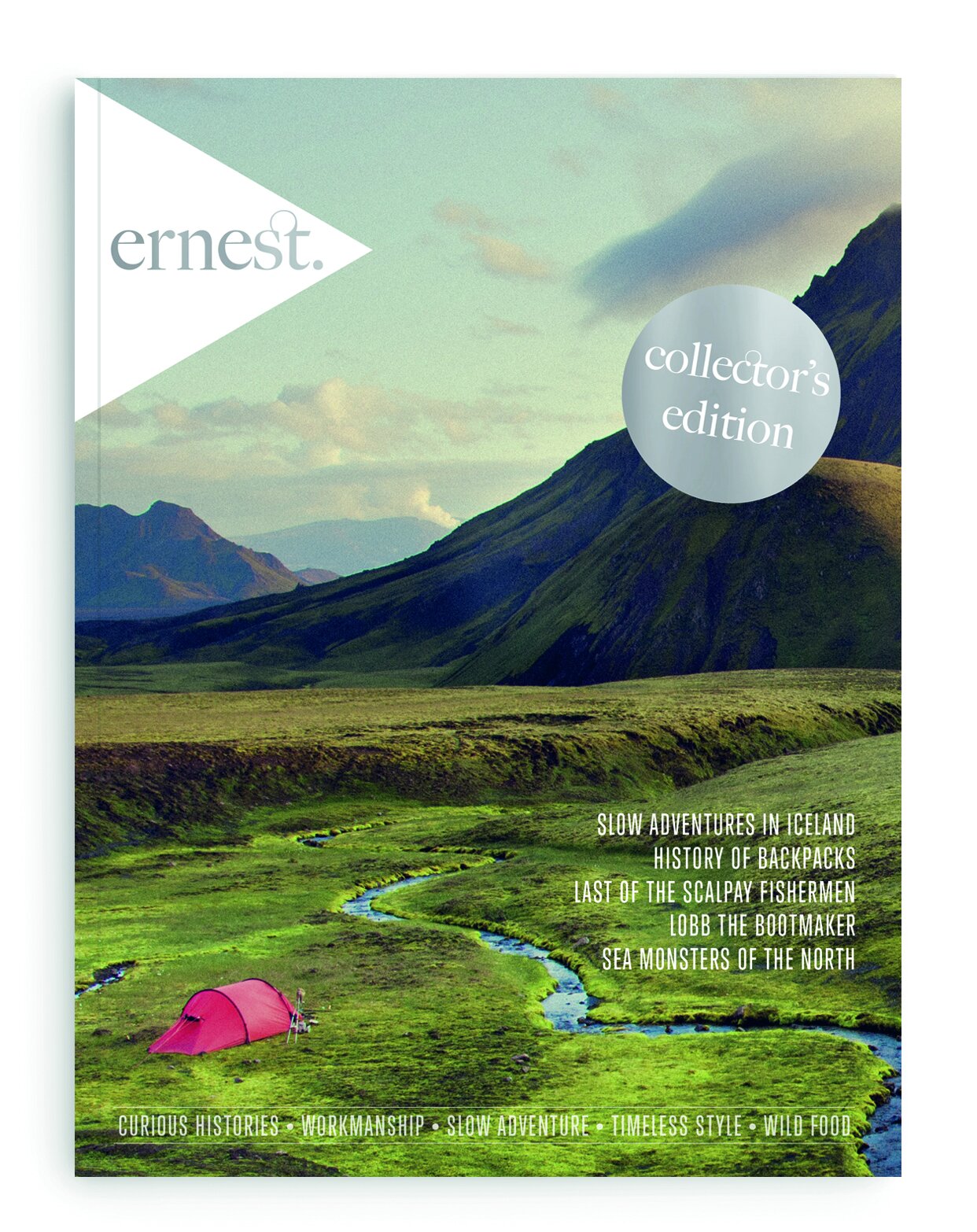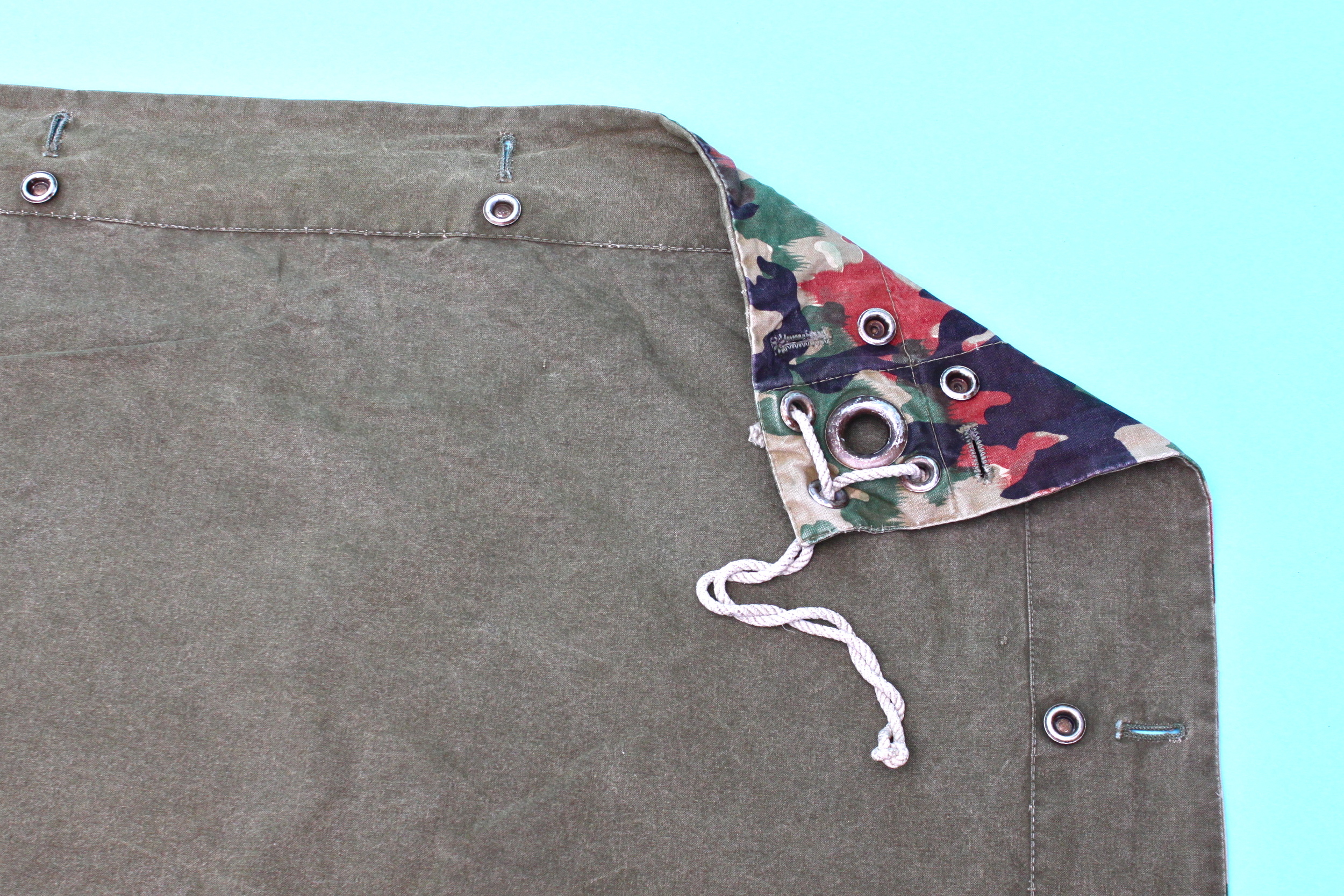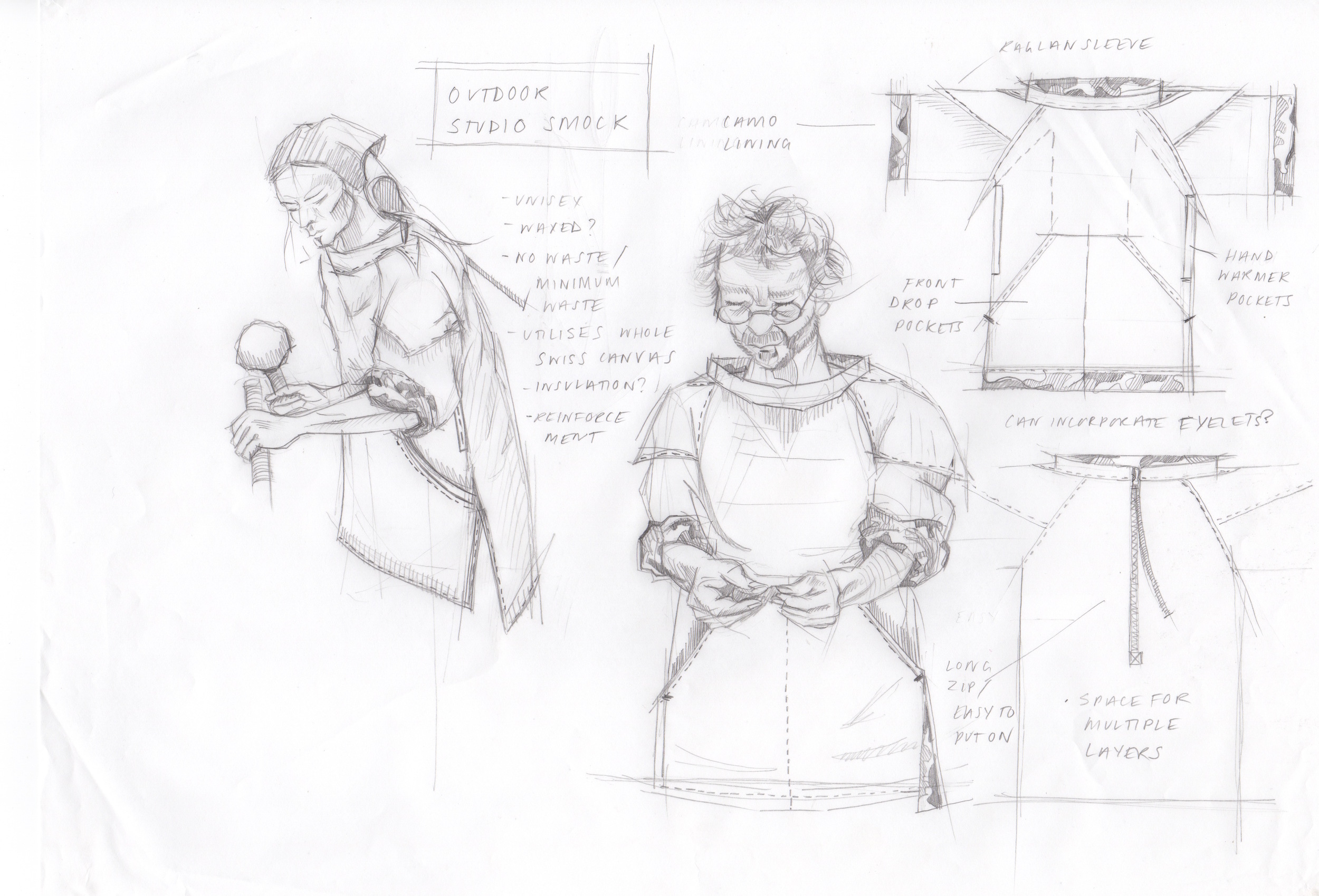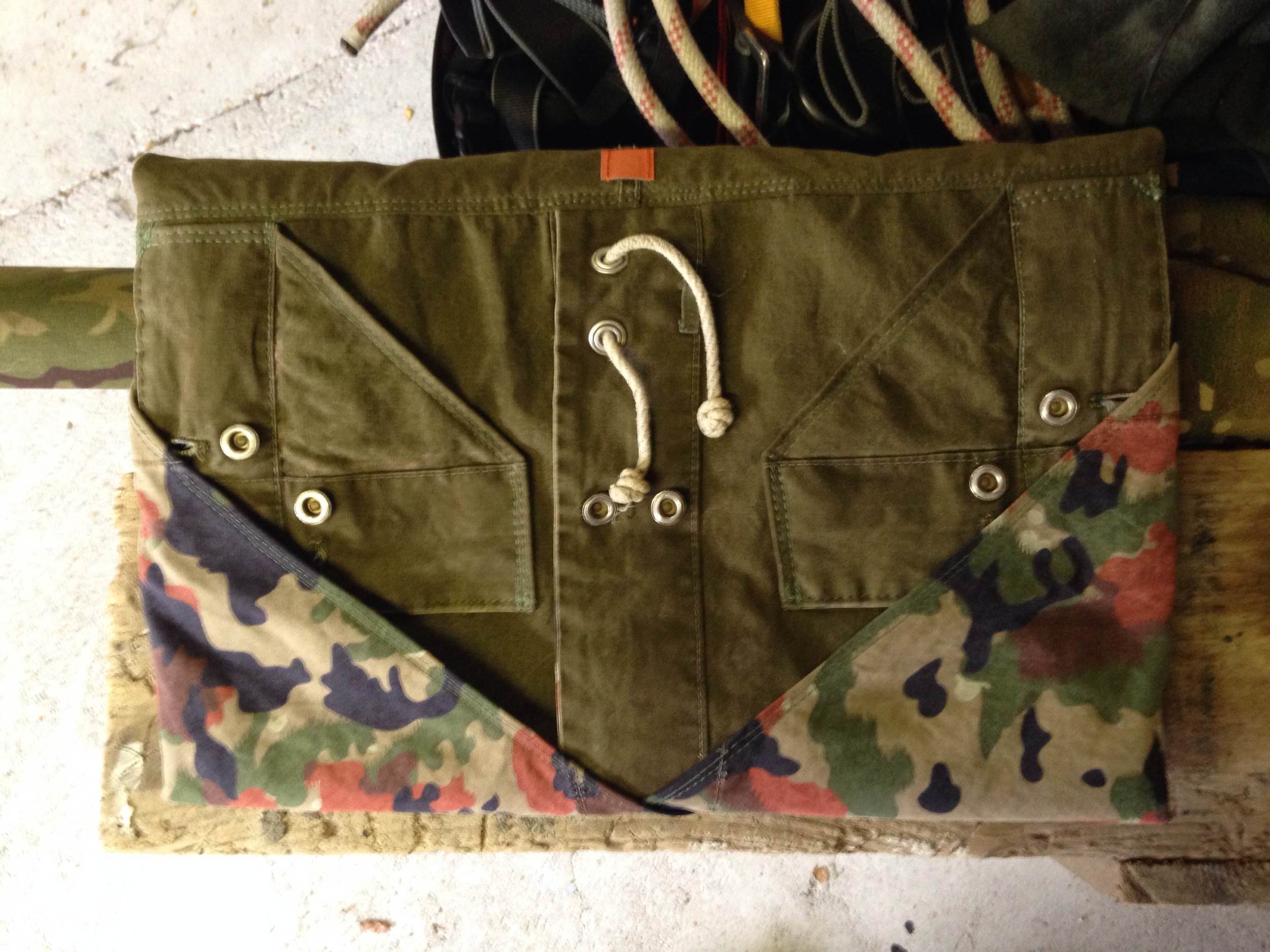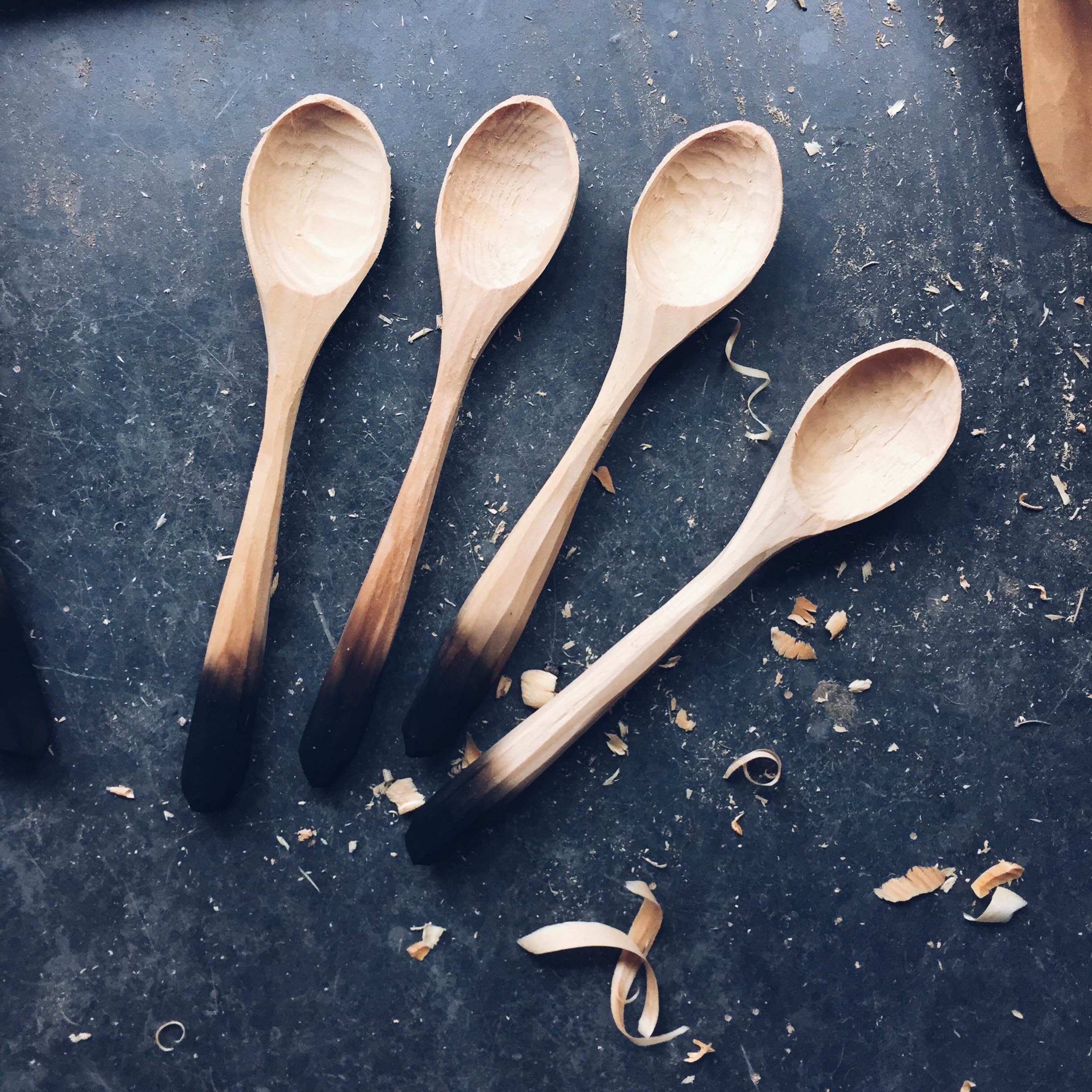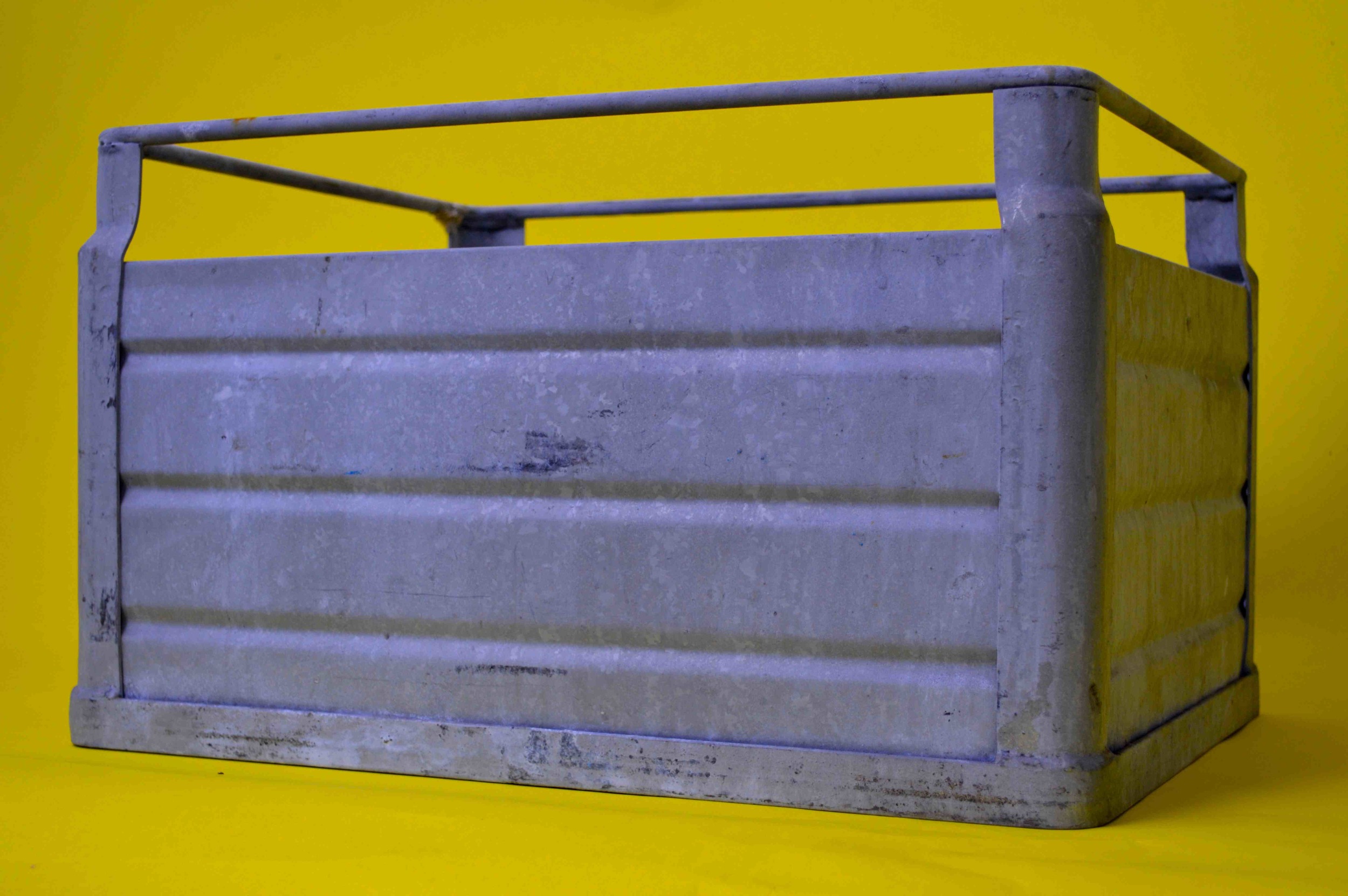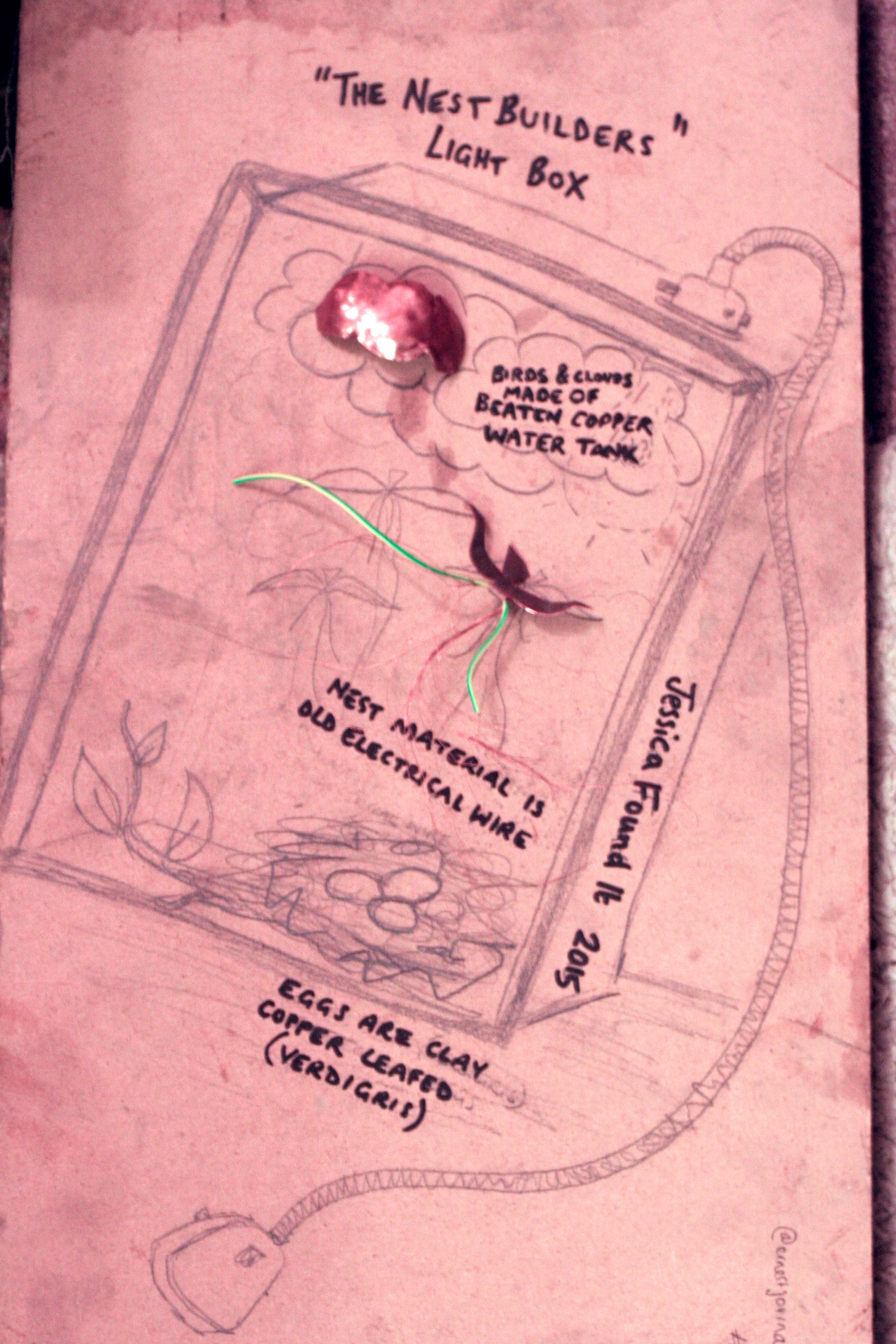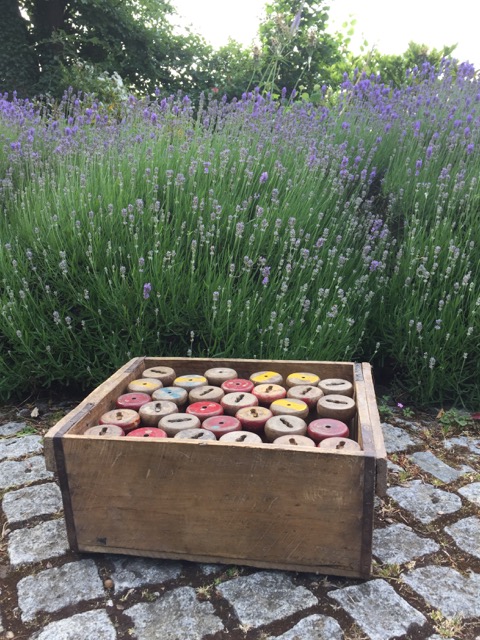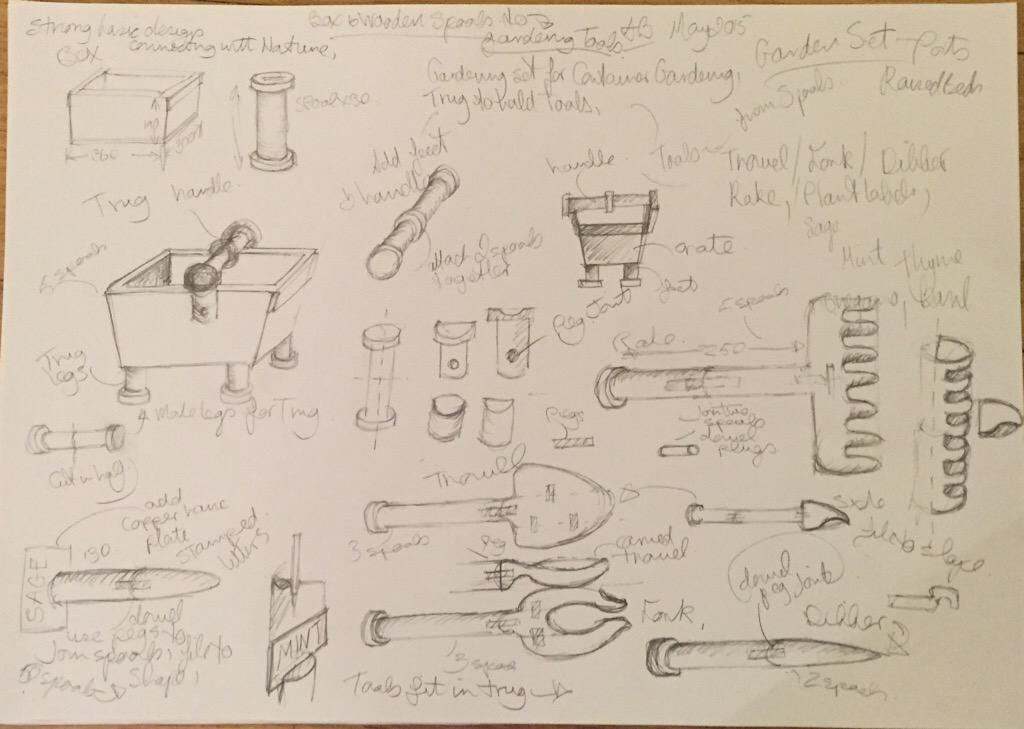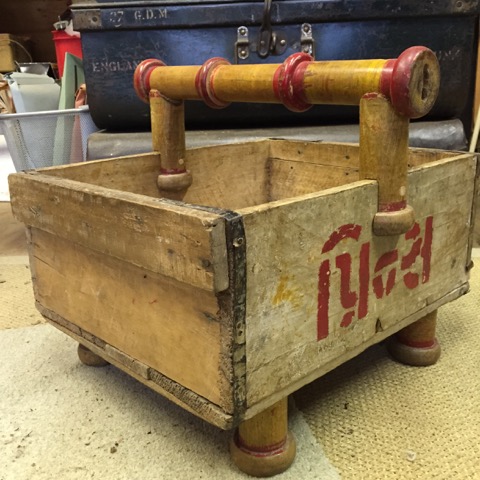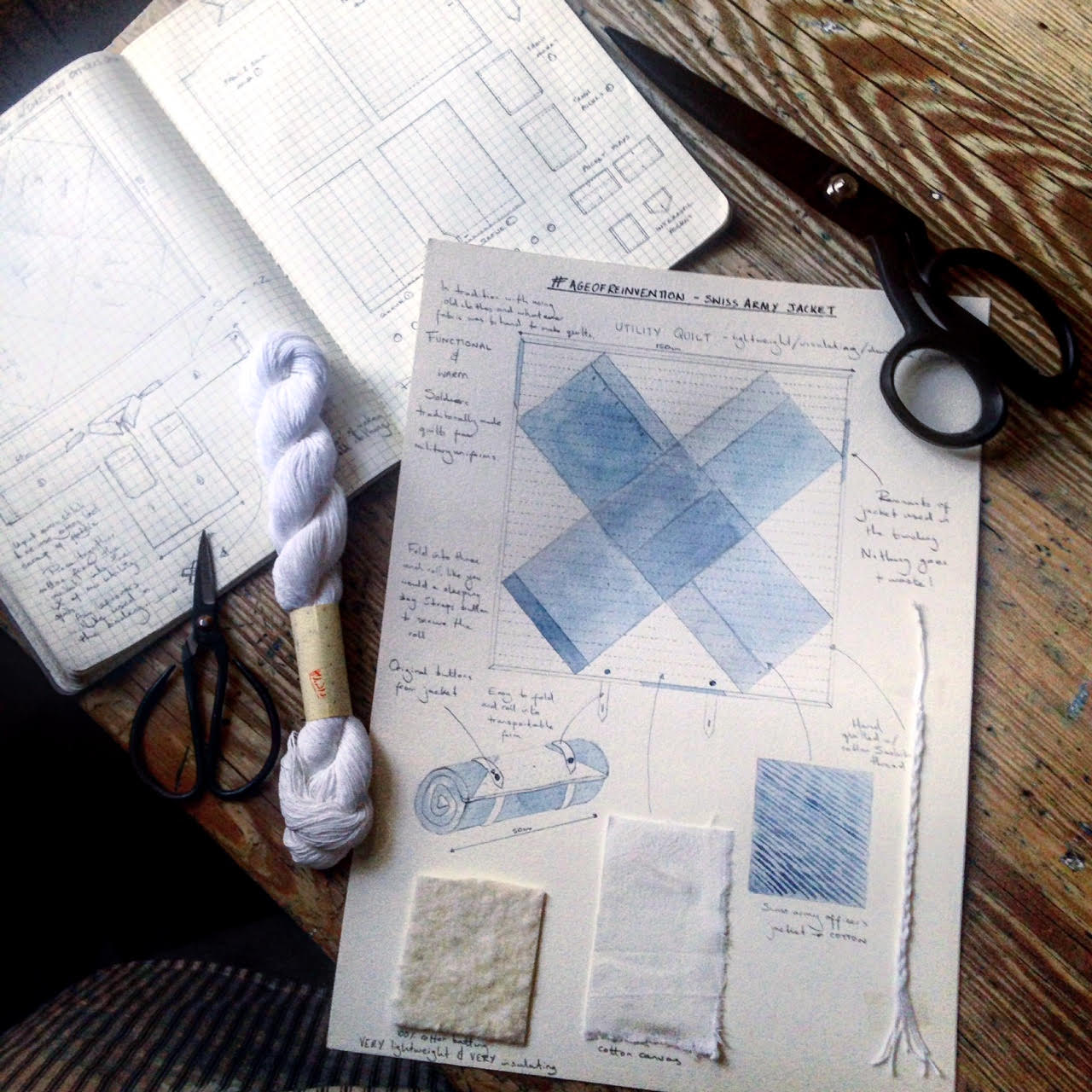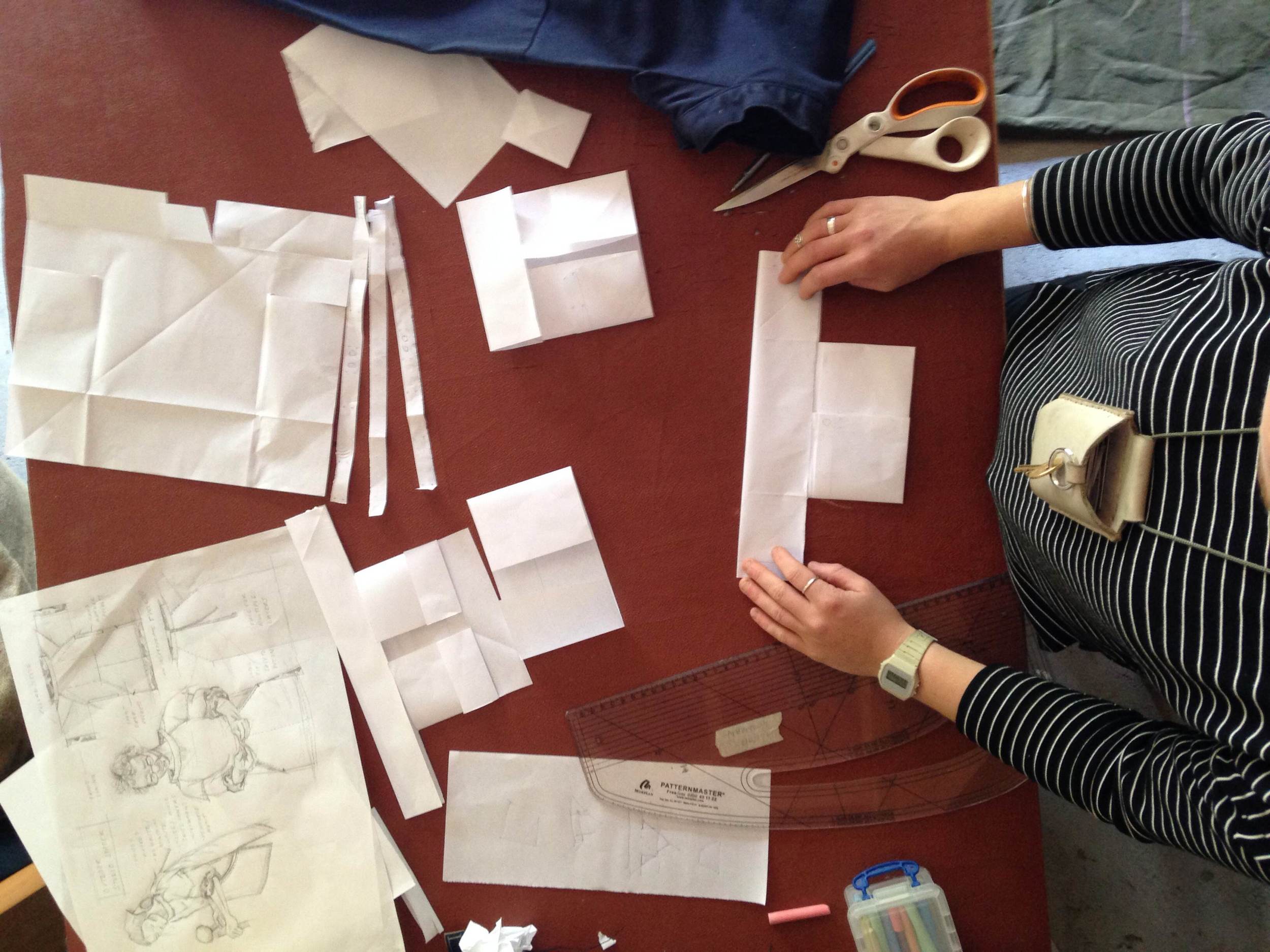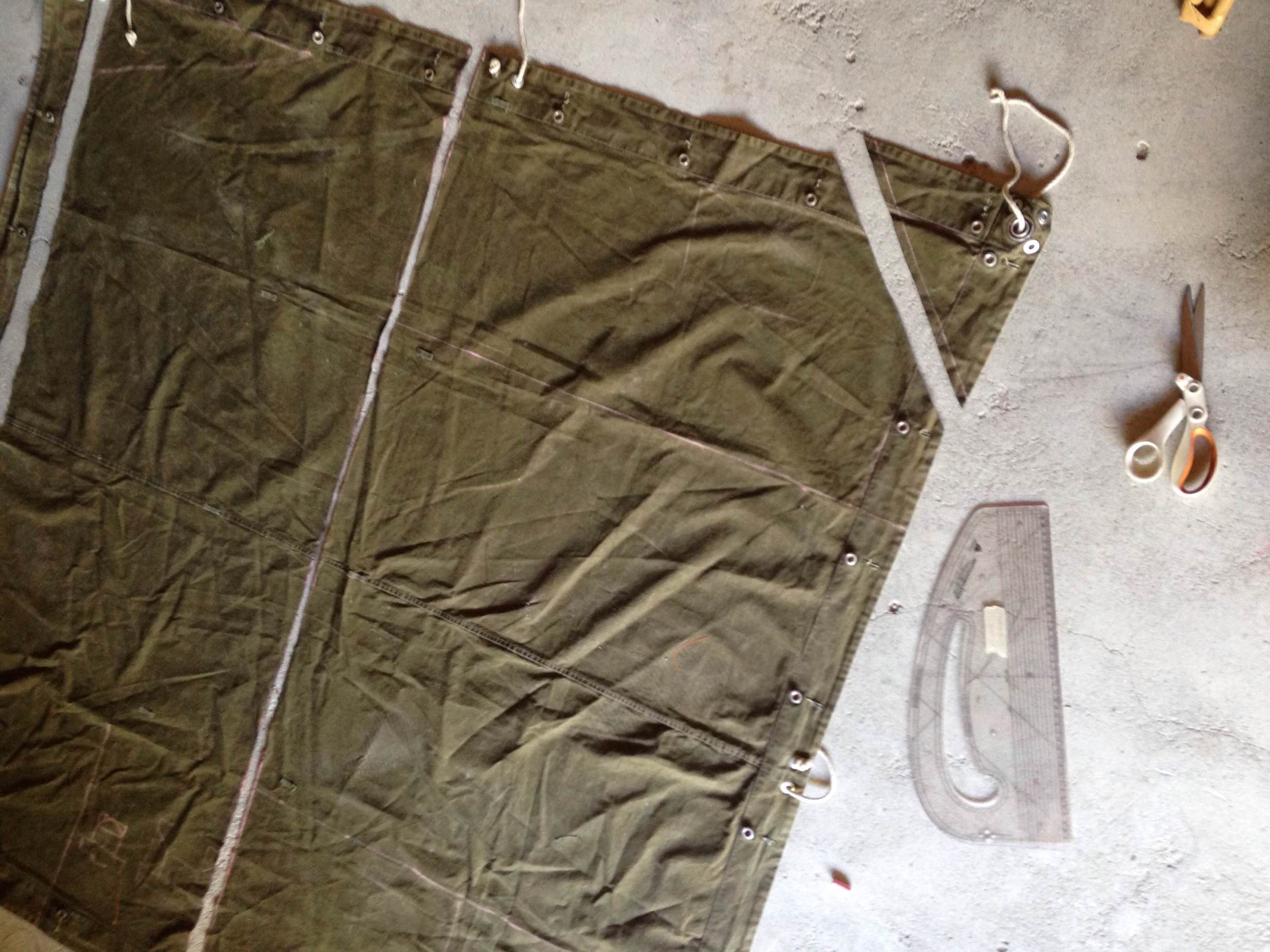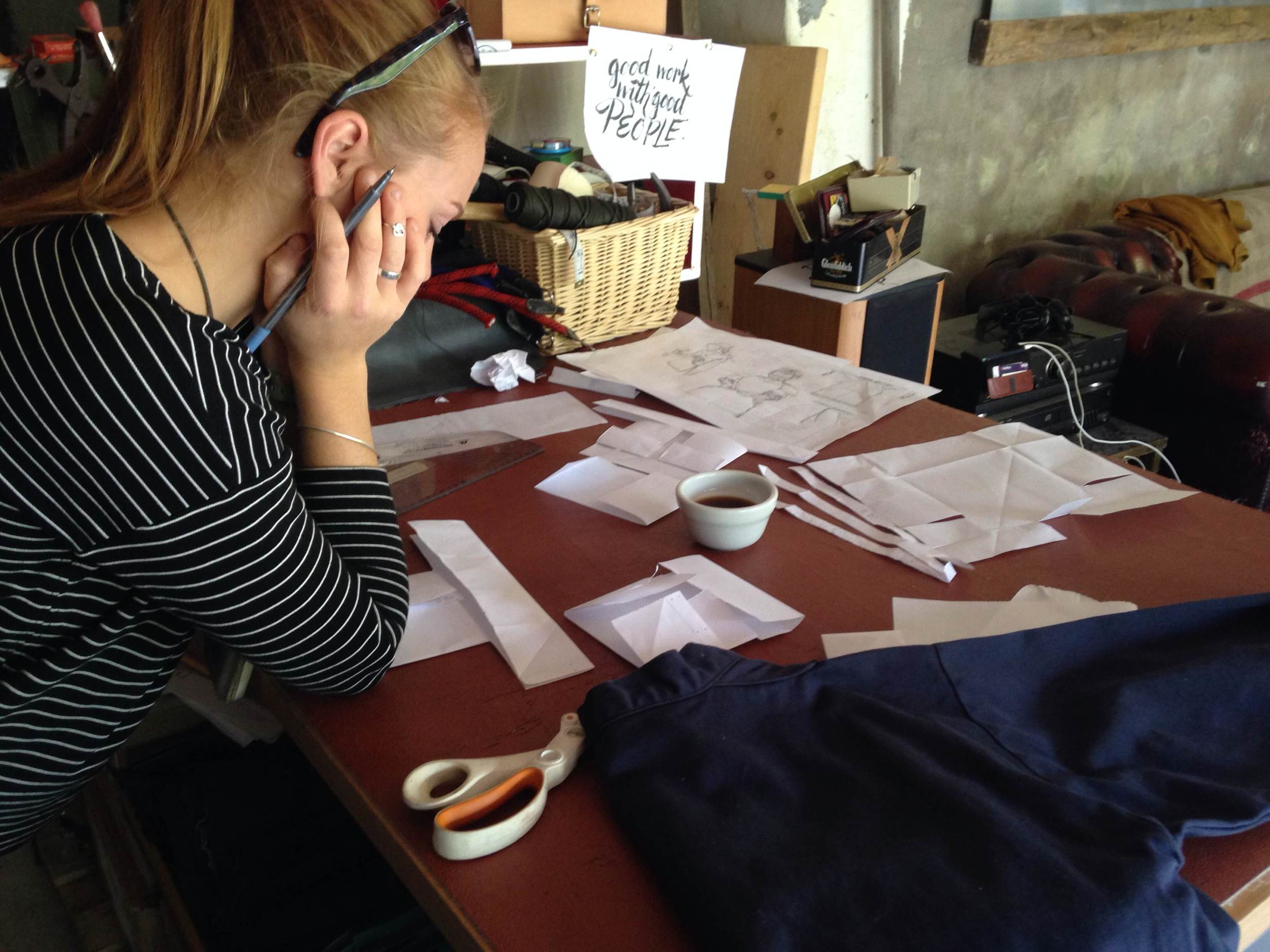The Industrial Revolution saw developments in technology that allowed for ever more detailed and elaborate flowers. Less symbolic and more pictorial, “stock blocks” could be produced showing commonly-used images. When “photo-engraving” was developed in the mid-19th century, meaning an image could now be printed with photographic detail, the typographic ornament was all but redundant as an economic form of illustration.
Around the same time, though, William Morris and friends were rediscovering the flowers’ true, original purpose as objects of pure and almost-functionless beauty. At the Kelmscott Press, they hand-crafted their ornaments, winding them through meticulous organic typefaces. The influence of this spread through many small presses (Pelican, Nonesuch, Curwen) up until the First World War.
The horror of the Great War blew apart the idea of man at peace with nature, and aesthetics such as Kelmscott’s were seen as vapid and false. Designers at the Bauhaus in Germany stripped the ornamentation from these ornaments to find the foundational components of their design. From these simple elements perhaps a new future could be built. Albert Schiller arranged punctuation into pictures, creating a deliberately - politically - transparent ornamentation of utility, reproducibility and new truth from old material.
Perhaps it is surprising to read so much from marginalia, but written in these symbols we find a whole history of Western Europe - Arabesque flourishes celebrating the Islamic scholars who saved Classical literature from the fires of Alexandria; Rococo opulence spilling out of France’s Revolution; Neo-Roman stateliness after the excavations at Pompeii; Japanesque minimalism marking the year Japan opened its ports; Bauhaus reductionism mourning all that fell in the Great War...
Early printing manuals gathered examples of these flowers, but their origins were never given. A new collection, The Little Book of Typographic Ornament by David Jury, aims to pay historical credit to those artists and industrialists who set the foundations of what we now know as “graphic design” (a term coined, of course, by a typographer, W.A. Dwiggins) – that all-pervasive mix of art and industry that has become our cultural currency.


























